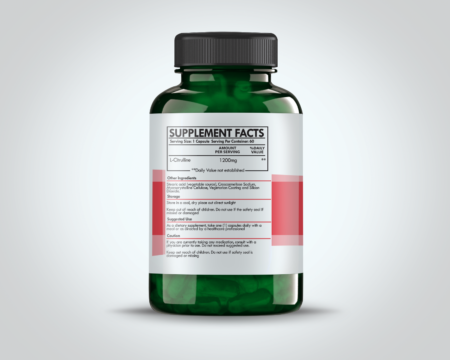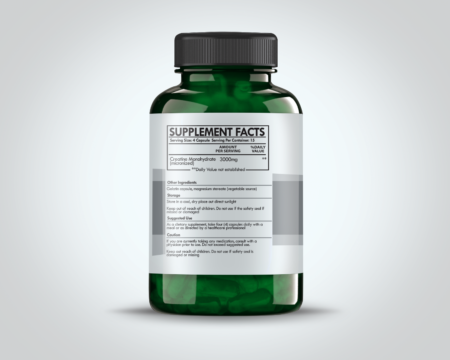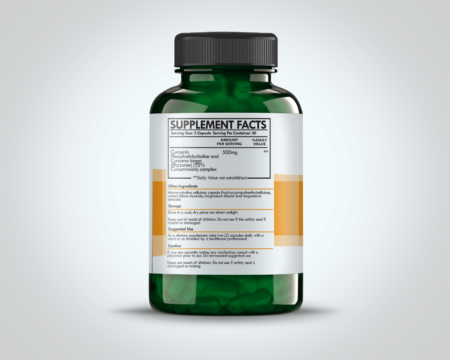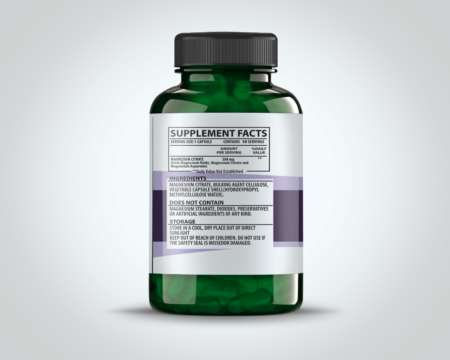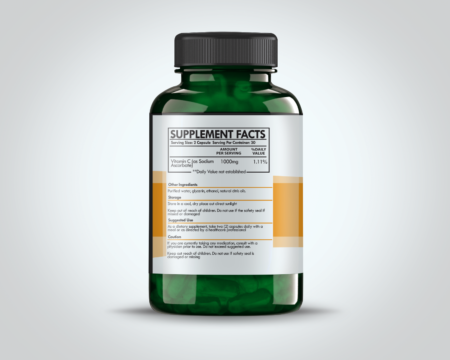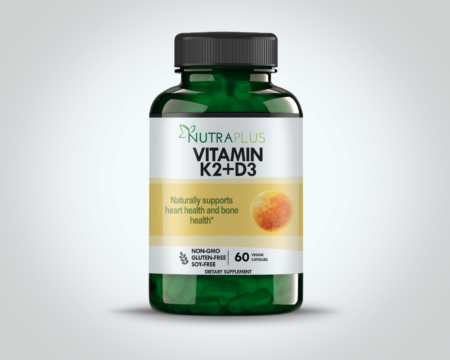Nutraplus
9 Products
-

 $9.99
$9.99Ashwagandha, scientifically known as Withania somnifera, is a revered herb in the pantheon of Ayurvedic medicine, with origins tracing back over 3,000 years. Native to the Indian subcontinent, this robust plant has been cherished for its multifaceted healing properties and its esteemed role in promoting vitality and overall well-being. The term “Ashwagandha” is derived from Sanskrit, meaning “smell of the horse,” a nod to its potent smell and the belief that it imparts the strength and vigor of a horse.
-

 $12.99
$12.99Citrulline is a non-essential amino acid that plays a significant role in various physiological processes in the human body. Naturally, it can be found in high amounts in watermelon, which serves as one of the most potent natural sources of citrulline. Apart from dietary intake, the body also produces citrulline internally as part of the urea cycle. This cycle is critical for the removal of ammonia, a potentially harmful byproduct of protein metabolism, from the body. Citrulline aids in converting ammonia into urea, which is subsequently excreted through urine.
-

 $13.99
$13.99Creatine is a naturally occurring compound that plays a pivotal role in energy production within muscle cells. It is synthesized primarily in the liver, kidneys, and pancreas from amino acids like arginine, glycine, and methionine. Stored predominantly in skeletal muscle, creatine serves as a readily available energy source during short bursts of high-intensity activities, such as weight lifting, sprinting, and other explosive movements.
-
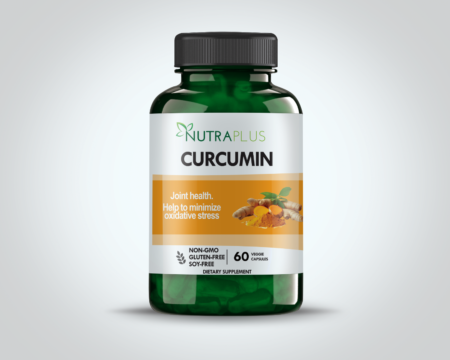
 $11.99
$11.99Curcumin is the primary active compound found in turmeric, a spice that has been extensively used in traditional medicine for thousands of years. Chemically, curcumin belongs to a group of compounds known as curcuminoids, and it is celebrated for its vibrant yellow color, which is a distinguishing feature in both culinary and medicinal applications.
-

 $9.99
$9.99Echinacea, a genus of flowering plants in the daisy family, is renowned for its immune-boosting properties. Native to North America, this perennial plant thrives in prairies and open wooded areas, marked by its striking, cone-shaped flower heads and bright pink or purple petals. Echinacea comprises several species, with Echinacea purpurea, Echinacea angustifolia, and Echinacea pallida being the most widely recognized and utilized in herbal medicine. Each species has distinct botanical characteristics and varying levels of bioactive compounds, influencing their respective therapeutic applications.
-

 $9.99
$9.99Maca, scientifically known as Lepidium meyenii, is a root vegetable that has been cultivated for thousands of years in the high-altitude regions of the Andes Mountains in Peru. This hardy plant has long been an integral part of the diet and traditional medicine of indigenous people, who have relied on its nutritional and medicinal properties. Historically, maca root was consumed for its ability to enhance energy, stamina, and fertility, and it was also used to support overall health.
-

 $7.99
$7.99Magnesium citrate is an essential compound derived from the mineral magnesium combined with citric acid, offering a highly bioavailable form of magnesium. Magnesium is a crucial element in numerous physiological processes, including nerve function, muscle contraction, and bone development. The human body requires magnesium to maintain normal blood pressure, support a healthy immune system, and facilitate over 300 enzymatic reactions.
-

 $8.99
$8.99Vitamin C, widely recognized as ascorbic acid, is a water-soluble vitamin that plays a critical role in maintaining the health of various bodily systems. Known for its potent antioxidant properties, Vitamin C is crucial for the synthesis of collagen, the absorption of iron, the proper functioning of the immune system, wound healing, and the maintenance of cartilage, bones, and teeth.
-

 $7.99
$7.99Vitamins K2 and D3 are crucial micronutrients that play significant roles in maintaining overall health. Vitamin K2, a subset of the vitamin K group, is structurally characterized by its various menaquinone forms, with MK-7 being the most studied. Vitamin D3, or cholecalciferol, belongs to the vitamin D family and is known for its synthesis in the skin upon exposure to sunlight.

